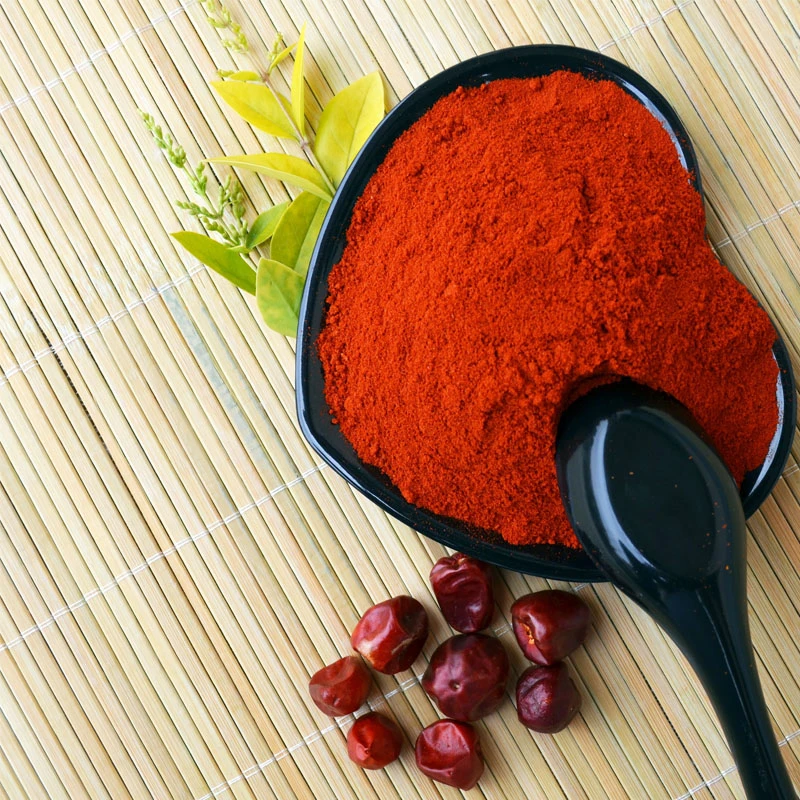- No. 268 Xianghe Street, Economic Development Zone of Xingtai city, Hebei 054001 China
- Byron@hbhongri.cn
Safety Assessment of Paprika Oleoresin in Food Applications and Products
Safety of Paprika Oleoresin What You Need to Know
Paprika oleoresin, a natural extract derived from the dried fruits of various Capsicum species, is widely used as a coloring and flavoring agent in food products. With the growing preference for natural ingredients in food and cosmetics, paprika oleoresin has gained popularity for its vibrant red hue and mild flavor. However, as with any substance used in food and personal care products, questions about its safety must be addressed.
Composition and Extraction Process
Paprika oleoresin is extracted through solvents, which preserve the bioactive compounds of paprika, including carotenoids, particularly capsanthin and capsorubin. These compounds not only impart a rich color but also have antioxidant properties. The extraction process varies, and the quality of the oleoresin is influenced by the type of paprika used, the extraction method, and the processing conditions. It is essential to choose high-quality sources to ensure purity and minimize the risk of contaminants.
Regulatory Approval and Safety Assessments
In many countries, paprika oleoresin is recognized as safe (GRAS) when used in food products. Organizations such as the U.S. Food and Drug Administration (FDA) and the European Food Safety Authority (EFSA) have evaluated its safety profile. Studies have shown that paprika oleoresin is non-toxic when consumed in recommended amounts. Furthermore, its use as a natural food coloring alternative is encouraged, particularly as consumers become more health-conscious and averse to synthetic additives.
paprika oleoresin safe

Potential Allergies and Sensitivities
Despite its generally recognized safety, some individuals may experience allergic reactions or sensitivities to paprika oleoresin. Symptoms can range from mild skin irritations to more severe gastrointestinal issues. It is advisable for individuals with known allergies to peppers or spices to exercise caution when consuming products containing paprika oleoresin. Food manufacturers should thoroughly label their products to help consumers make informed decisions.
Stability and Storage Considerations
The stability of paprika oleoresin is crucial for maintaining its safety and efficacy in food products. Exposure to heat, light, and oxygen can degrade its quality and lead to undesirable changes in flavor and color. Proper storage in airtight containers, away from direct sunlight, is essential to prolong its shelf life and effectiveness. Additionally, manufacturers should adhere to guidelines on usage levels to ensure that paprika oleoresin remains safe for consumption.
Conclusion
In conclusion, paprika oleoresin is a natural food colorant with a good safety profile when sourced and used appropriately. Its benefits extend beyond aesthetics, as it also provides antioxidant properties. However, consumers must remain vigilant regarding potential allergies and ensure that products containing paprika oleoresin are clearly labeled. As with any ingredient, moderation is key, and adhering to recommended usage levels will help maximize the benefits while minimizing any risks. As the demand for natural ingredients continues to grow, paprika oleoresin stands out as a worthy addition to food and cosmetic formulations, providing both visual appeal and flavor without compromising safety.
-
Capsicum frutescens oleoresin – High Purity, Food GradeNewsNov.17,2025
-
Capsicum Frutescens Oleoresin – Natural Heat & FlavorNewsNov.17,2025
-
Peppereka Powder – Fresh, Vibrant Color & Sweet AromaNewsNov.17,2025
-
Paprika Oleoresin | Natural Red Color, Heat & Flavor BoostNewsNov.17,2025
-
Pure Turmeric Extract 95% Curcumin | Potent, Lab-TestedNewsNov.17,2025
-
Red Papper Pods – Premium Sun-Dried, Bold Heat & AromaNewsNov.10,2025







